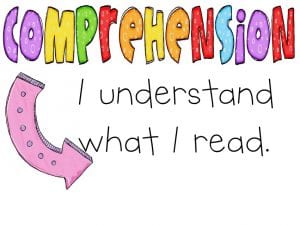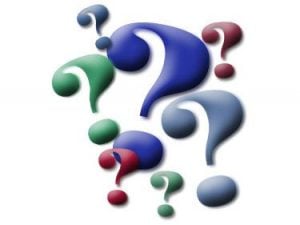by C. Elkins – OK Math and Reading Lady
I have been doing some research about the difference between reading skills and reading strategies. There seems to be a variance of opinions, but basically a reading skill is described as a path to answering certain kinds of questions (cause-effect, compare-contrast, sequence, etc.), while a strategy involves a higher meta-cognitive process which leads to deeper thinking about a text (visualize, question, summarize). Another way to put it is this: When reading, I need a strategy to help me understand when and where to apply the skills I have learned.
It probably can be illustrated more clearly using mathematics: A skill might be adding two double-digit numbers, while different strategies might be these: using base ten manipulatives, using an open number line, or the partial sums method. Or soccer: A skill would be the dribbling the ball (how to position the foot, how close/far to keep it to the player), while a strategy would be how to keep dribbling while keeping it away from the opposing team.
There are also varying opinions about which reading practices are considered strategies. I like to think of strategies as those that can be applied to any reading text such as: summarize, visualize, question, make connections, predict, infer, author’s purpose & point of view. I need a strategy to help me understand when and where to apply the skills I have learned. Keep reading for more ideas and FREE resources.
- Visualize
- Make Connections
- Questioning
Skills seem to be more dependent on the text structure (meaning they only apply to certain texts) such as sequence, compare/contrast, cause/effect, main idea / detail, problem-solution, identify story elements, etc.
- To help me visualize (strategy),
 I might use skills about character analysis such as paying attention to their words and actions to help me “see” what is really going on. Another example: I might use skills about noting details while reading a passage to make the details “come alive” as I try to picture them in my mind. (See link to strategy posters at the end of this post.)
I might use skills about character analysis such as paying attention to their words and actions to help me “see” what is really going on. Another example: I might use skills about noting details while reading a passage to make the details “come alive” as I try to picture them in my mind. (See link to strategy posters at the end of this post.)
To help me summarize (strategy) an article, I need to analyze the text structure (skill) and then use that information to help me summarize.
- Is it in sequence? Then my summary will use words such as first, then, next, last.
- Is it comparing and contrasting something? Then my summary will need to use words such as alike or different.
- Is it informational? Then my summary will list facts or details.
- Is it fictional? Then my summary will tell the characters, setting, and events.


